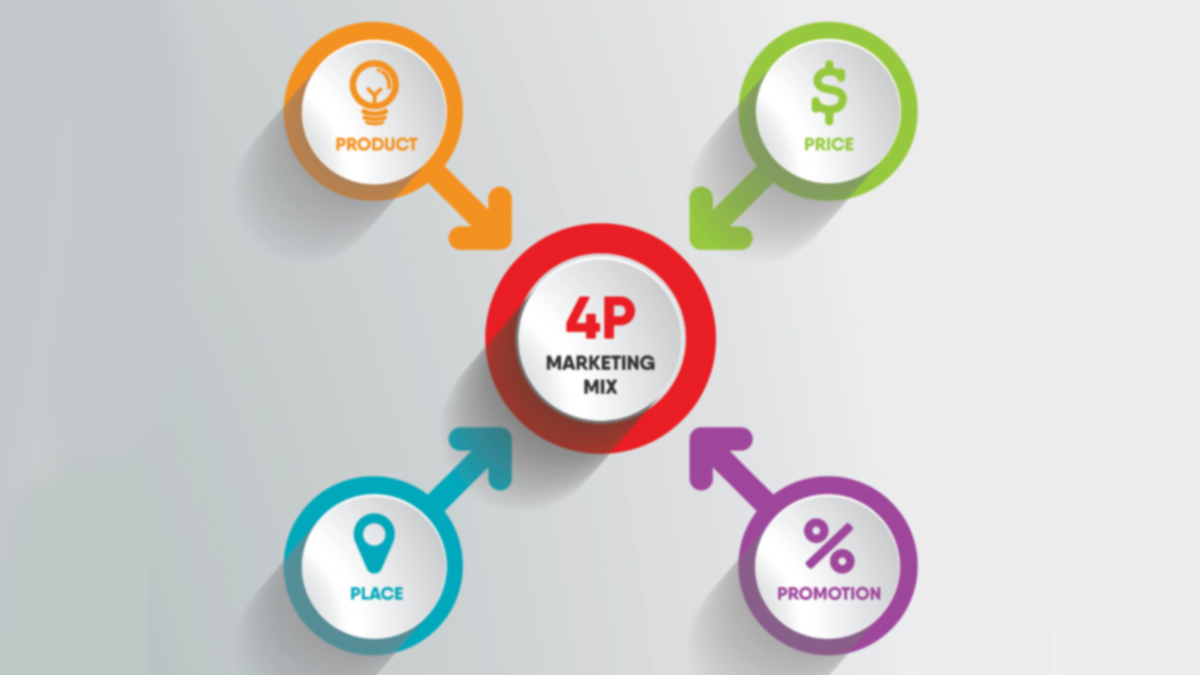
Payment systems – a marketing opportunity
A payment system is any system used to settle financial transactions through the transfer of monetary value. This includes institutions, people, instruments, procedures and technologies used to make its transfer possible. So, what does this have to do with marketing? Your payment system can play a major role in growing your business. Not only becauseDetail

Decommoditizing a commodity: the marketing challenge
A commodity is a raw material, product or service indistinguishable from other things like it–– water, oil, air, rocks, agricultural products and money, for example. If these commodities were your business, your challenge would be to stand out from the crowd. You could differentiate on price or overall value. The value can be developed andDetail

Differentiation: Standing out from the crowd
Any product or brand enters the free-for-all marketplace at its own risk. Consumers have to sort through endless choices and marketers have to capture their attention in seconds by rising above the noise. Due to many human frailties ranging from poor attention span, preconceived bias, rational and emotional responses, and personal behaviors and attitudes, it’sDetail

Who said direct mail is dying?
In the age of digitization, you might think direct mail is dead. On the contrary. With 484.8 million direct mail pieces being delivered every day—it's far from dead. Direct mail is still a highly effective marketing channel for customer acquisition and retention—when done correctly.

Use purchase data to drive customer segmentation
Understanding your customers’ wants and needs allows you to develop marketing strategies with impact that help you keep and grow profitable customer relationships. In order to effectively harvest and use the data that’s available, development of a marketing segmentation strategy for your business is necessary.

Why marketers need to pay more attention in their economics classes
One of the most critical components to pricing is what economists refer to as price elasticity. Given the bottom-line impact pricing can have on overall profitability, it’s a critical concept for all marketers to understand.

Use the media mix that’s right for your customers
Imagine your morning drive to work and you pass a billboard advertising a new credit card from a local bank. During lunch, you hear a radio ad for that same new credit card. The next day, you find an envelope in your mailbox offering that same credit card.

Your business offer is more than you think
Every business has a product or service offering that’s key to its marketing efforts. An offering is more than just a product or service, however. It should include elements that represent added value––such as availability, ease of use or delivery, technical support and quality customer service. Some examples might include a free guide, a sample, an e-book, a slideshow, case

4 P’s of Marketing Mix
Marketing managers around the world have been utilizing the “marketing mix” for years. The term was coined in 1949 by Neil Borden, a professor of advertising. E. Jerome McCarthy provided the framework for the marketing mix in 1960 with the 4 P’s model—product, promotion, price and place (distribution). Since then, there have been many variations, including the 7 P’s model,

Test, test, test – and get results
When in doubt, test. This is especially true with direct response products and services as your investment can be self-liquidating. Consumer research, whether primary, secondary or focus groups, is a sunk cost to be recovered by informing a smarter strategy and execution over time. Direct-to-consumer experimental design test costs are reduced by the in-market response. You not only get the
Blog
Copyright © 2025. A De Novo Corporation company





